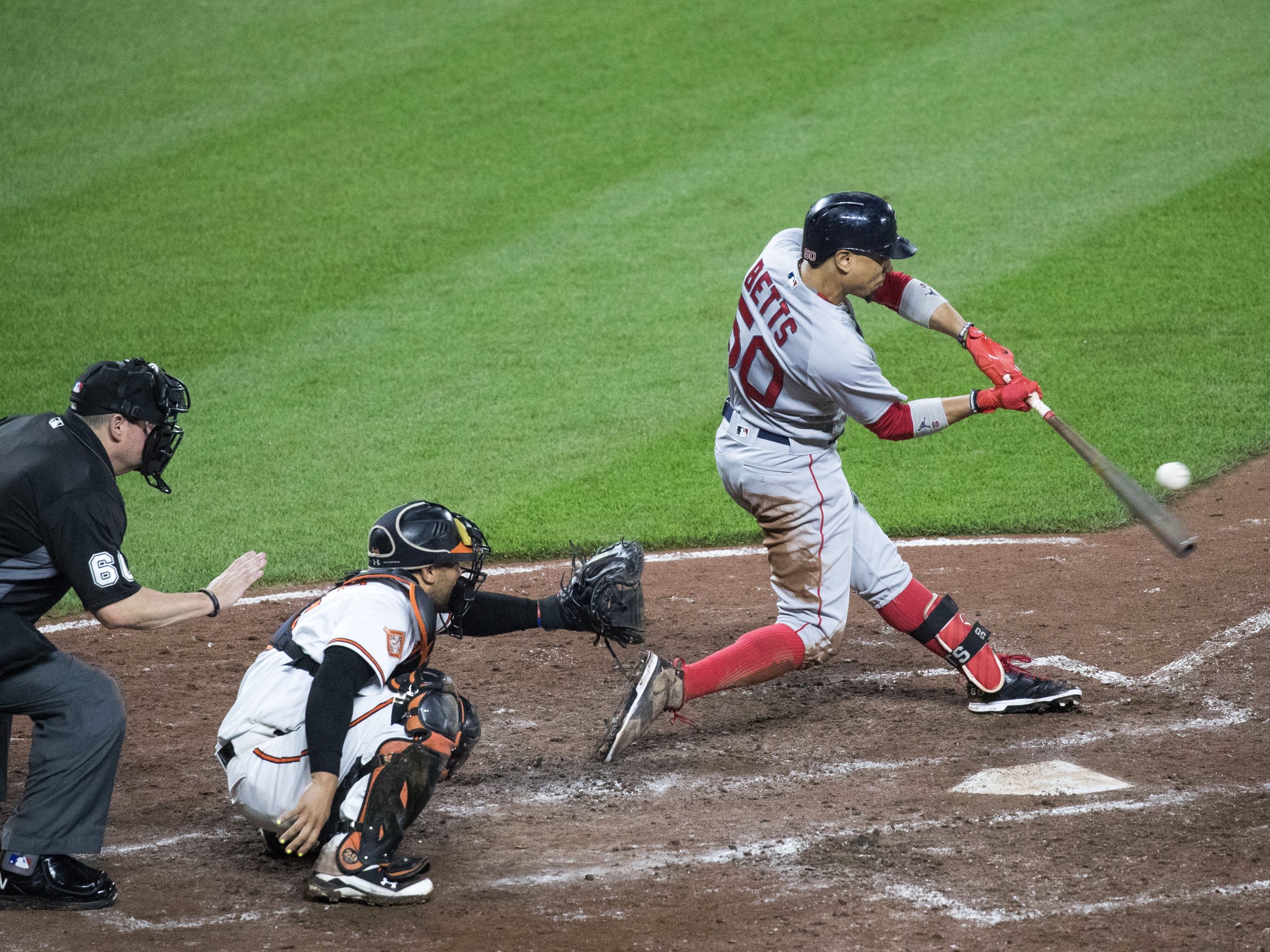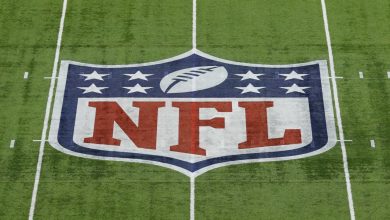Why, After All These Years, Is MLB’s Trade Deadline No Longer a Fixed Time and Date?
The Shifting Tides of MLB's Trade Deadline: Understanding the Evolution of a Tradition
For decades, Major League Baseball (MLB) adhered to a fixed time and date for its annual trade deadline. This event marked a pivotal moment for teams to make crucial roster changes and impact the trajectory of the league. However, in recent years, the trade deadline’s fixed nature has been challenged, leading to a more flexible approach. In this article, we explore the reasons behind MLB’s decision to shift away from the traditional fixed time and date for the trade deadline and the implications it holds for the league.
The Evolution of MLB’s Trade Deadline:
The trade deadline has a long-standing history in MLB, typically falling on July 31st for many years. This fixed deadline offered teams a clear and decisive point during the season to assess their performance and make strategic decisions. However, as the league evolved, various factors emerged that prompted discussions on revisiting the rigid trade deadline system.
1. Competitive Imbalance:
One significant factor driving the reconsideration of a fixed trade deadline was the competitive imbalance among teams. By July 31st, some teams found themselves out of contention and opted to trade valuable players to rebuild for the future. Meanwhile, other teams remained competitive and sought to bolster their rosters for a postseason push. The fixed deadline put teams in different positions, leading to discrepancies in their ability to make crucial moves.
2. Injuries and Player Performance:
Injuries and player performance fluctuations played a role in questioning the fixed trade deadline. By July 31st, some teams faced unforeseen injuries or experienced unexpected player slumps. The inability to make roster adjustments beyond this deadline could put them at a disadvantage during the crucial latter part of the season.
3. Impact of Analytics:
The rise of advanced analytics and data-driven decision-making in baseball influenced the perception of timing trades. Teams sought to leverage real-time data to assess their chances of making the playoffs and determine the potential impact of trade acquisitions. A more flexible trade deadline would allow teams to make more informed decisions based on up-to-date performance metrics.
The Shift to a Flexible Trade Deadline:
To address these concerns and ensure a fair and competitive playing field, MLB introduced a more flexible trade deadline starting in the 2019 season. The new format includes two deadlines: the traditional non-waiver deadline, which falls on July 31st, and an additional waiver trade deadline on August 31st. The waiver deadline allows teams to make trades, albeit with certain restrictions, after the initial non-waiver deadline has passed.
Benefits and Implications:
The adoption of a flexible trade deadline provides teams with increased flexibility in assessing their positions during the season. It ensures that teams with playoff aspirations have an extended window to make strategic moves, even after the traditional deadline has passed. Additionally, players on the waiver trade market can also change teams beyond July 31st, leading to intriguing late-season transactions.
The evolution of MLB’s trade deadline from a fixed time and date to a more flexible system reflects the league’s commitment to fairness and competitive balance. By introducing an additional waiver trade deadline, MLB allows teams to navigate the complexities of the season more effectively. This shift not only benefits teams in the pursuit of a championship but also adds an element of excitement and intrigue to the latter stages of the baseball season. As the league continues to adapt and evolve, the flexible trade deadline will likely remain an essential aspect of shaping MLB’s future.





